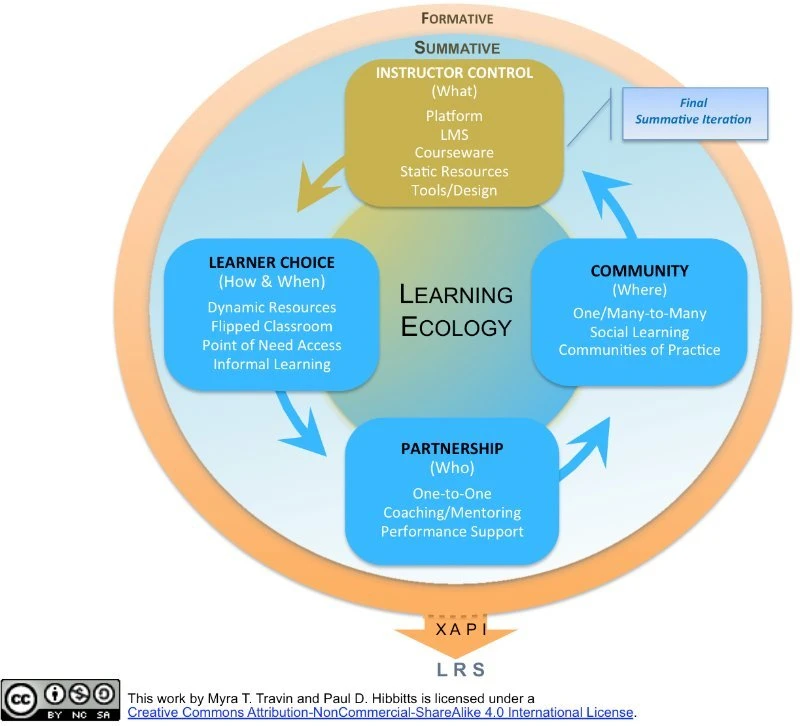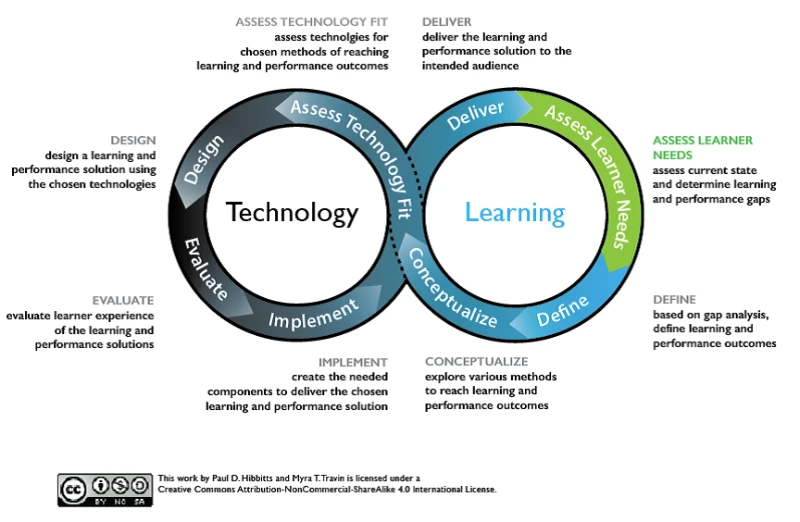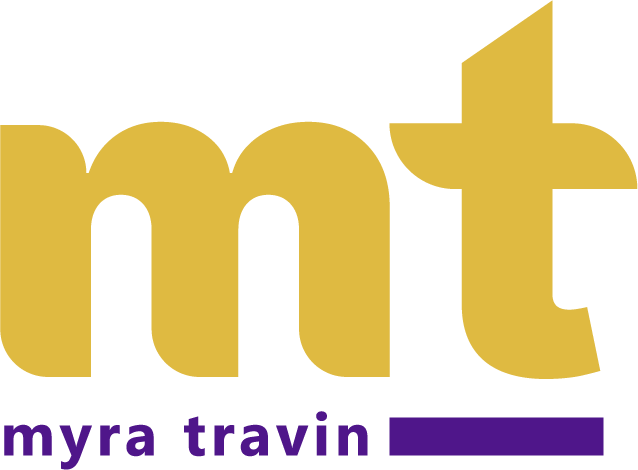It is most certainly true that we can no longer separate the technology we use to learn from learning itself. If we take that as a given, we must concede that we no longer look into technology for answers, but we look through it to see and understand our world. At a recent conference I presented at #DevLearn, it was clear to me in my own session and in seeing others’ sessions that we are all looking for a way forward to implement strategies that unify technology, learning, and access.
I have been thinking and writing about the new paradigm of learning that depends on mobility, social interaction, and the cloud because of the explosion of mobile access to information. Learning Ecologies are no longer theoretical—we are now at a point where we have to create them in actuality and practice.
When people have access to everything, they will use everything. They will go outside of your programs and your intranet and seek the most immediate answers wherever they can be found. And they know where to look. We already have a model for a learning ecology—it’s called the Internet. The bitterest pill we will have to choke down is the idea that we can control the information our learners need, and that we can do it with a single strategy.
In those #DevLearn sessions, where people had previously implemented the idea that learning was a straightforward implementation of a singular technology solution, the difficulty moving into more a complex ecology model was obvious in their questions. What do I do if I am not just porting my content from XYZ tool into a mobile format? How does it work? What do I need to start? It was almost as if I heard hundreds of voices crying out at once with the immortal words of Dorothy Parker: “What fresh hell is this?”
Here’s the deal: If you carry your own library with you, you are no longer the librarian. You have, as Darren Nerland suggests, been given a promotion to curator. A curator of all things, resources, and access alike. A curator does not choose the content for the learner as a librarian would. A curator provides resources and access and lets the viewing individual choose.
Remarkably, at #DevLearn, what was most apparent to me was just how complex and confusing this topic can be. What is a Learning Ecology? How do we create one? What do we include? How do we know when we’ve achieved it? These are all questions that we will continue to answer in the coming months. We must, however, have a place to start and a roadmap to follow to begin our journey.
The model that follows is a step-by-step framework for the creation of learning ecosystem that takes into account designers and users. It begins with understanding what the designers control in terms of resources and access, and moves into the increasing levels of complexity based on providing learner choice.

Figure 1 – Learning Ecology Model
LEs are like the wild, wild West of learning concepts. No one fully knows what’s out there, and what we’ll see when we arrive. It is uncharted territory and many roads can lead there, but still we know: Go west, young man. We must go because, as Jules Verne wrote, “Civilization never recedes; the law of necessity ever forces it onwards.” The mobile phone has totally changed the game.
So even if the land out there is not yet fully mapped, I am suggesting a way to start. No, it is not as simple as choosing an eLearning tool, but it can be less confusing than it now appears. We start by understanding what is under our control and what our particular culture requires us to provide. Once we understand what our organization and our learners need to be successful and how we will track their progress, we can begin with the actual dynamic steps of the model. Everything begins when the learner chooses. In the framework steps that follow, we move from individual choice to partnership and then group interaction. In each of the phases we may introduce new tools and new strategies in an ever-increasing synergy. That is the most profound element of a healthy system—it gathers momentum and becomes greater than the sum of its parts.
In a previous article I discussed the importance of cooperation between UX designers and instructional designers. For too long we have been at odds with one another, thinking that one process in some way diminished the other. In my new collaboration with über UX designer Paul Hibbitts, I feel that I’m coming close to a realization of a true technology-based and learner-based collaboration model.
Too often, lip service is paid to assessment and evaluation in design, as if it is just the outer shell and the actual development is the object of value. But the truth is that without this framework and the data that it provides about users for learners, we are creating something that has not proven to have value for the people we are creating it for. That’s how you end up with systems and programs that eventually prove to be less than desired or useful. Everyone is looking for what people desire and why they desire it. Does desire equal use, and usage equal adoption, and adoption equal profit? We have to start by asking them.






